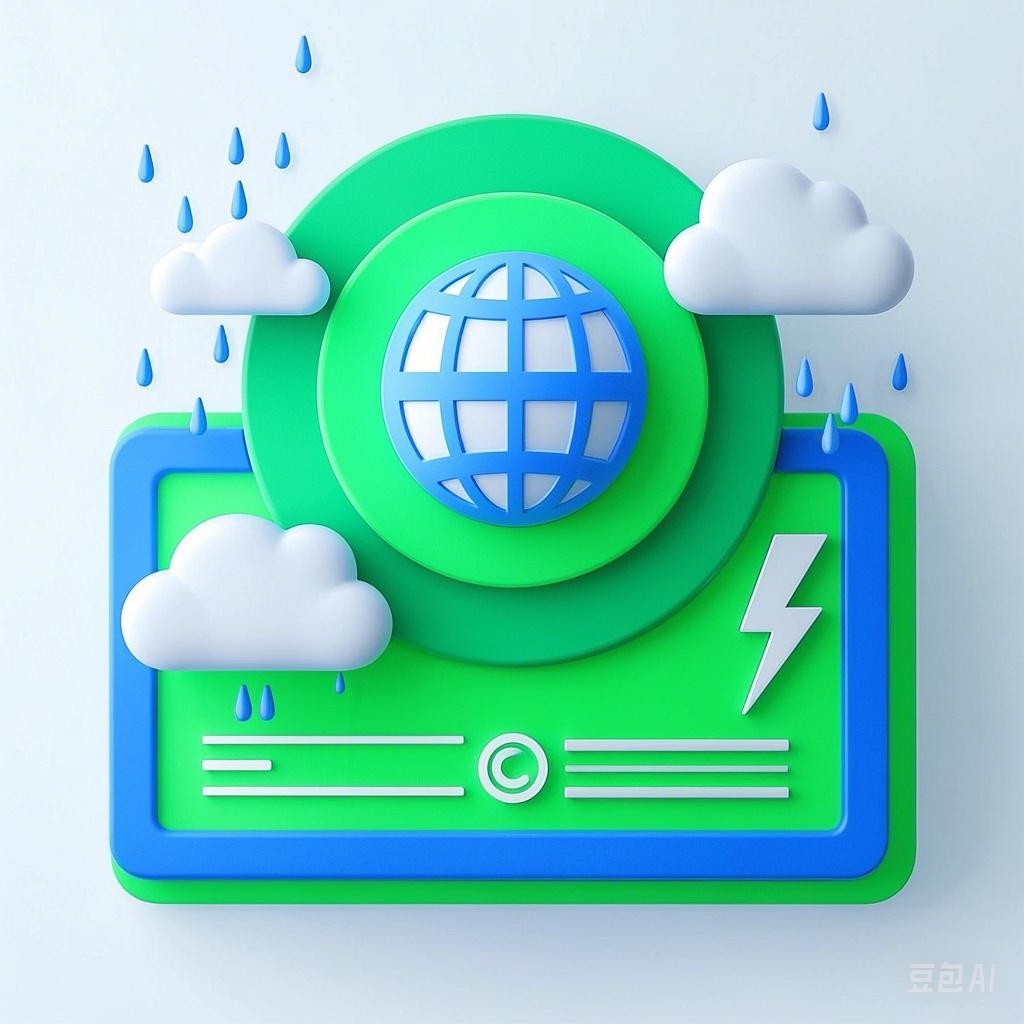Introduction
Severe rains can lead to a myriad of hazards and secondary disasters. This article aims to provide a comprehensive guide on understanding the risks associated with heavy rainfall, recognizing potential secondary disasters, and implementing measures to mitigate their impact. By being aware of these dangers, individuals and communities can take proactive steps to ensure their safety.
Understanding Severe Rains
What Constitutes Severe Rains?
Severe rains refer to heavy rainfall events that occur over a short period, often leading to flash floods, landslides, and other adverse effects. These events can be caused by various factors, including:
- Atmospheric Conditions: High atmospheric pressure gradients, intense low-pressure systems, and moisture convergence.
- Topographical Features: Steep slopes, narrow valleys, and poorly-drained areas can exacerbate the effects of heavy rainfall.
- Climate Change: Rising temperatures and changing precipitation patterns can increase the frequency and intensity of severe rain events.
The Impact of Severe Rains
The immediate impact of severe rains includes:
- Flash Flooding: Rapid flooding of low-lying areas, roads, and bridges.
- Landslides: Slope failures caused by the saturation of soil and rock material.
- Road Damage: Erosion and sedimentation can damage roads, bridges, and infrastructure.
Secondary Disasters
Flash Floods
Flash floods are a common secondary disaster resulting from severe rains. They can occur within minutes to hours after a rainfall event, often catching people off guard. The following are potential secondary effects of flash floods:
- Loss of Life and Property: Flooding can lead to the destruction of homes, businesses, and infrastructure.
- Contaminated Water: Floodwaters can carry contaminants, increasing the risk of waterborne diseases.
- Power Outages: Downed power lines and waterlogged transformers can lead to widespread power outages.
Landslides
Landslides can occur in areas with steep slopes and weak soil structures. The following are potential secondary effects of landslides:
- Infrastructure Damage: Landslides can damage roads, bridges, and other critical infrastructure.
- Property Damage: Homes and buildings in affected areas may sustain significant damage.
- Displacement of Populations: Landslides can force people to evacuate their homes, leading to temporary or permanent displacement.
Mitigation and Preparedness
Risk Assessment
Communities should conduct risk assessments to identify areas prone to severe rains and secondary disasters. This involves:
- Mapping: Identifying flood-prone areas, steep slopes, and other hazardous locations.
- Data Analysis: Using historical data to predict future risks.
- Community Engagement: Involving local residents in the risk assessment process.
Building Codes and Infrastructure
Adopting and enforcing building codes that consider the risks associated with severe rains is crucial. This includes:
- Elevating Structures: Raising buildings and critical infrastructure above the base flood elevation.
- Drainage Systems: Implementing effective drainage systems to manage excess water.
- Landslide Prevention Measures: Using retaining walls, terracing, and other techniques to stabilize slopes.
Emergency Preparedness
Communities should develop and implement emergency response plans to address secondary disasters. This involves:
- Public Awareness: Educating residents about the risks and preparedness measures.
- Emergency Communication Systems: Establishing reliable communication channels for disseminating information during emergencies.
- Evacuation Routes: Identifying and maintaining safe evacuation routes.
Conclusion
Severe rains can lead to a range of hazardous events and secondary disasters. By understanding the risks, recognizing potential secondary effects, and implementing mitigation and preparedness measures, individuals and communities can minimize the impact of these events. Being aware and proactive can save lives and protect property.
